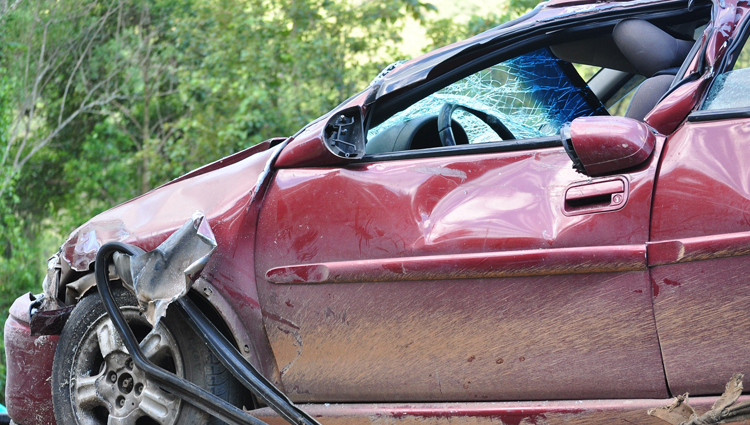Being Obese Can Help Or Hurt In A Car Crash

(Inside Science) -- Researchers have long debated whether being overweight provides an extra cushion that increases the odds of surviving a car crash.
A new analysis of almost 300,000 accidents from census data from 1998 - 2008 provides the best answer to date: It depends on the gender and seatbelt habits of the driver.
Severely obese men wearing their seat belts during these accidents on average had a 22 percent greater chance of surviving the experience than belted men of average size. But obese men who forgot to buckle up were 10 percent more likely to be killed than unbuckled drivers of average size, according to Michael Sivak of the University of Michigan Transportation Research Institute in Ann Arbor.
Obesity is defined by the body mass index scale, which compares height and weight -- a severely obese man who is 5 feet 11 inches tall would weigh more than 250 pounds.
Sivak suspects -- though he cannot prove -- that men with a high BMI are more likely to overload the airbag during a crash. A seatbelt may prevent this, allowing extra fat to instead cushion a driver's vital internal anatomy against the forces of the impact.
For women, though, the data tells a different story. Without a seatbelt, the chance of dying in a car crash is no greater for obese women than it is for skinny or average-sized women -- perhaps, speculates Sivak, because heavy women still tend to be lighter than heavy men and are therefore less likely to overload an airbag.
Average-sized women fared better during accidents when wearing their seat belts than either underweight or overweight women.
"The real-world advice goes to the designers of restraint systems," said Sivak. "The designs of airbags, safety belts, knee restraints, seats, and other components of occupant restraint systems may need to be improved to better project occupants at both extremes of BMI," he wrote in the research paper, which appeared in the scientific journal Traffic Injury Prevention.
Like any statistical study, though, the research has some limitations. The seat belt usage data came from police reports -- which are not entirely reliable because research has shown that these reports often falsely label unbelted crash survivors as belted. The study also did not examine other factors such as the driver's age, the direction of the collision or the type of injury sustained by the driver.

